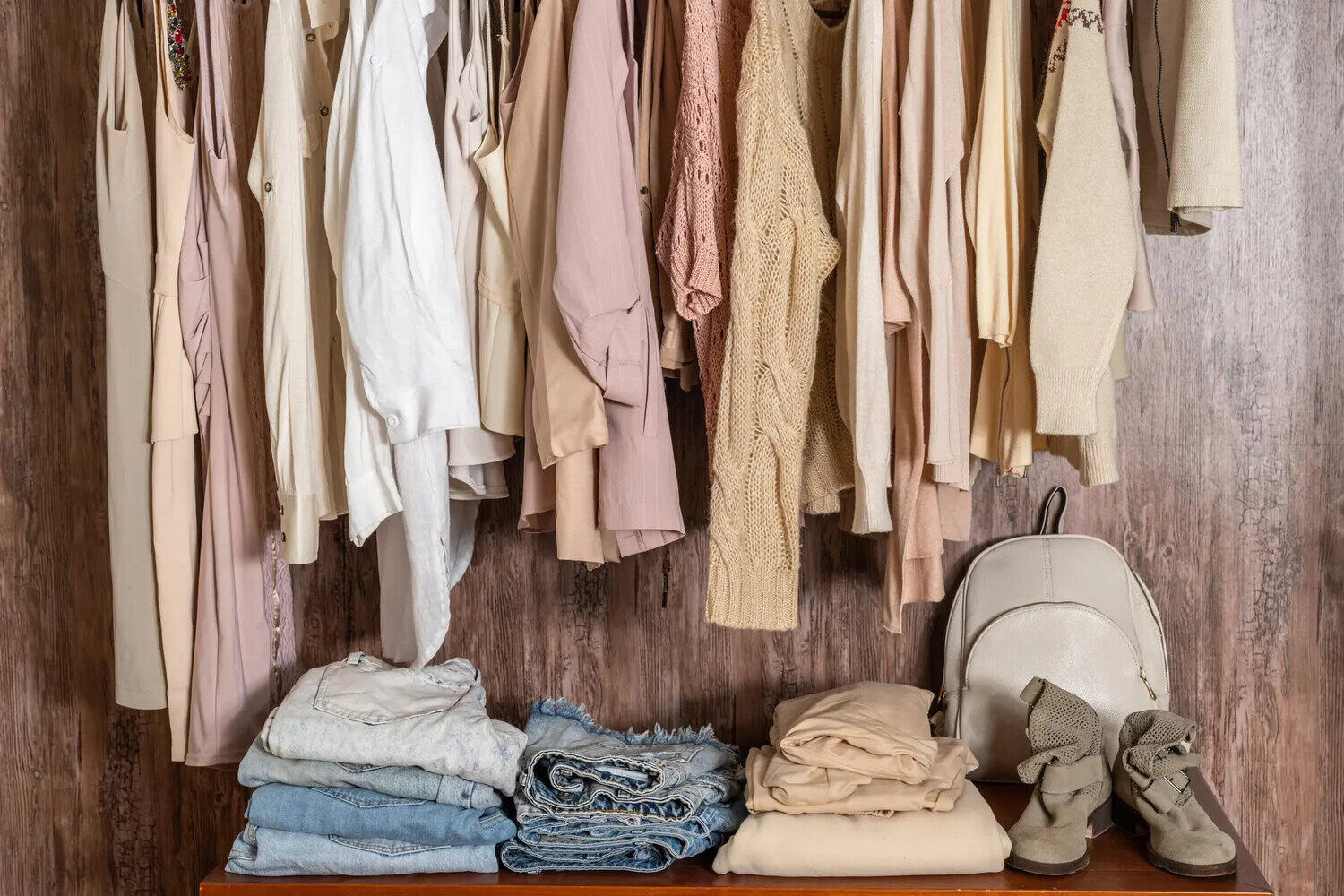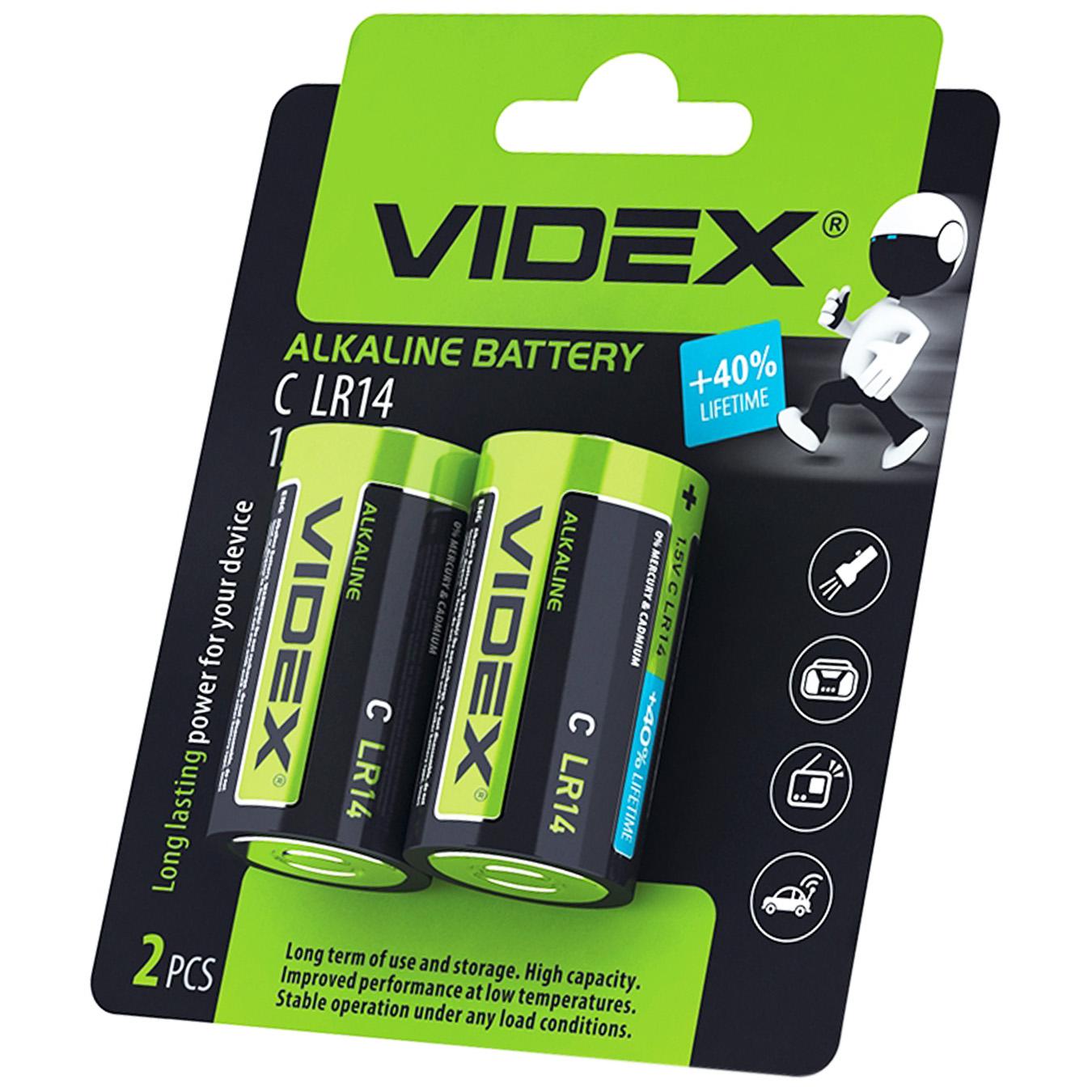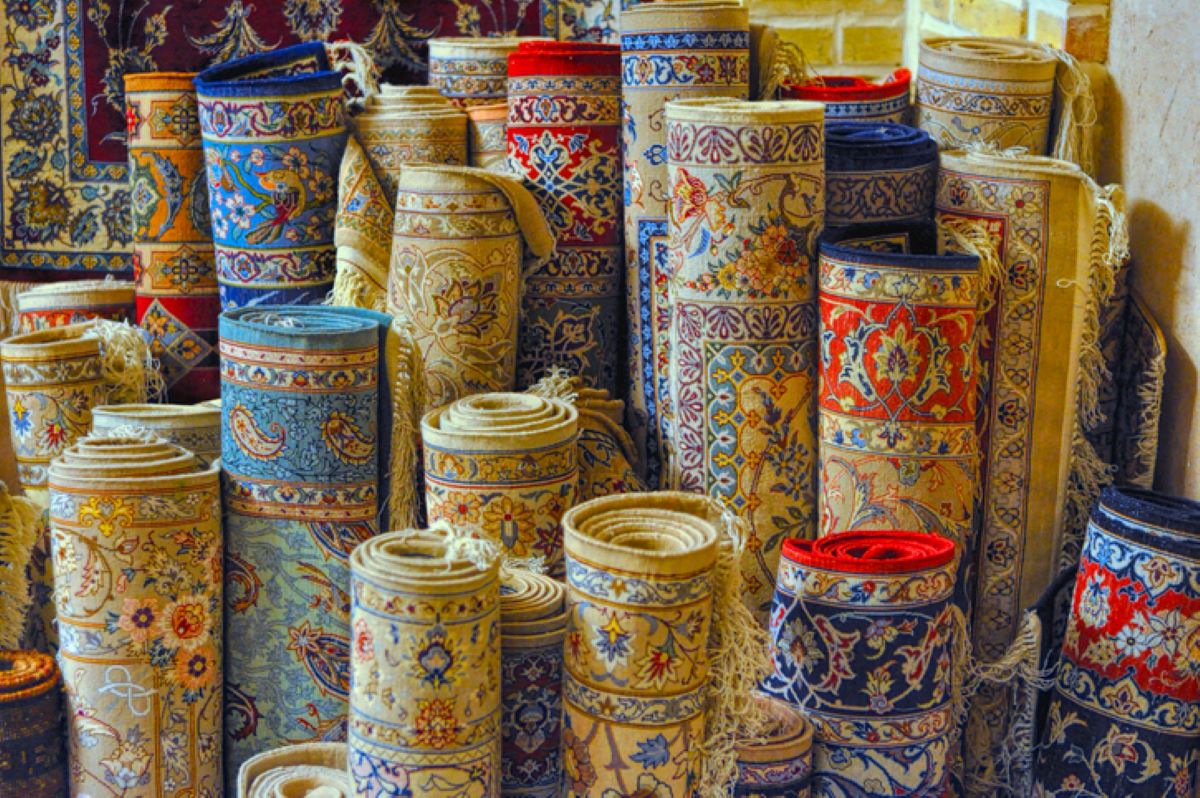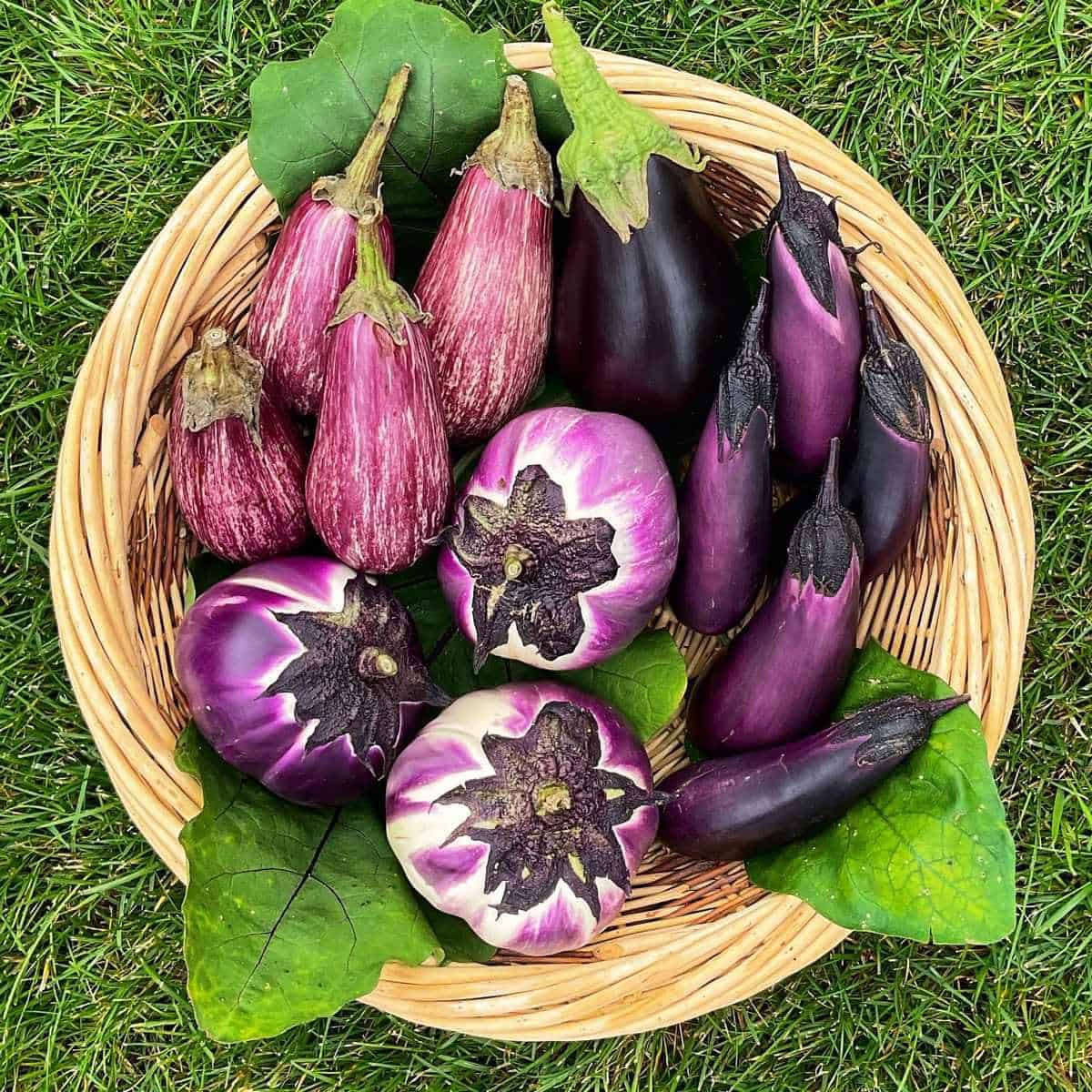

Articles
How To Store Clothes Long Term
Modified: August 17, 2024
Learn how to store your clothes long term with these helpful articles. Keep your wardrobe organized and protected for future use.
(Many of the links in this article redirect to a specific reviewed product. Your purchase of these products through affiliate links helps to generate commission for Storables.com, at no extra cost. Learn more)
Introduction
Storing clothes long term requires careful consideration and proper techniques to ensure they remain in good condition. Whether you need to store seasonal clothing, sentimental garments, or clothes that no longer fit but you can’t bear to part with, it’s essential to take steps to protect them from damage and aging.
In this article, we will guide you through the process of storing clothes long term. From choosing the right storage space to organizing and folding techniques, we will provide you with all the necessary information to keep your clothes safe and well-preserved.
By following these tips and implementing the suggested practices, you can ensure that your clothes remain in great condition, ready to be worn whenever you need them.
Key Takeaways:
- Proper storage of clothes long term involves choosing the right space, cleaning and preparing garments, organizing and folding techniques, selecting suitable containers, and implementing safety precautions. These steps ensure clothes remain in excellent condition and ready to wear when needed.
- Utilizing mothballs or natural repellents, creating a climate-controlled environment, implementing a labeling and inventory system, and regularly checking and maintaining stored clothes are essential for preserving the integrity of garments. Following these practices ensures that clothes remain safe, organized, and well-preserved for years to come.
Read more: How To Store Sneakers Long Term
Choosing the Right Storage Space
When it comes to storing clothes long term, the first step is to select the right storage space. It’s crucial to choose an area that is clean, dry, and protected from sunlight and humidity. Here are a few considerations to keep in mind:
- Cleanliness: Ensure that the storage space is clean and free from dust, dirt, and any potential contaminants that could damage your clothes.
- Dryness: Moisture can lead to mold, mildew, and musty odors, which can ruin your clothes. Select a storage space that is dry, preferably with low humidity levels.
- Sunlight: Direct sunlight can fade colors and weaken fabrics over time. Choose a storage area that is shielded from natural light or use opaque containers or garment bags to protect your clothes.
- Temperature: Extreme fluctuations in temperature can be detrimental to your clothes. Avoid storing them in spaces that experience significant temperature variations, such as attics or garages.
- Air Circulation: Good air circulation helps prevent a stagnant environment and reduces the risk of mildew or musty odors. Make sure there is proper ventilation in the storage area.
Based on these considerations, consider utilizing a spare room, a clean and dry basement, or a well-sealed storage unit as suitable options for storing your clothes long term. Assess the space available and select the most appropriate option for your needs.
Additionally, consider investing in storage solutions such as garment racks, shelves, or plastic storage containers that are breathable, water-resistant, and provide adequate protection for your clothes. These will help keep your clothes organized and easily accessible.
Cleaning and Preparing Your Clothes
Before storing your clothes long term, it’s essential to ensure they are properly cleaned and prepared. Here are some steps to follow:
- Wash or Dry Clean: Clean all garments thoroughly before storing them. This step removes any dirt, stains, or body oils that can attract insects and cause damage over time. Follow the care instructions on the garment’s label and either wash them in a washing machine or take them to a professional dry cleaner.
- Repair: Check your clothes for any tears, loose buttons, or loose threads. Make necessary repairs to prevent further damage during storage. Repairing minor damages now can extend the lifespan of your garments.
- Fold or Hang: Depending on the fabric and type of clothing, decide whether it’s best to fold or hang each item. Delicate fabrics like silk or cashmere may be better stored folded, while sturdy items like coats or suits can be stored on hangers.
- Remove Accessories: Take out any belts, scarves, or jewelry that may be attached to your clothes. These items can cause snagging or damage to the fabric during storage. Store accessories separately if needed.
- Avoid Perfumes or Fragrances: Avoid using perfumes or fragrant products on your clothes before storage. Some fragrances can attract insects or leave stains on the fabric.
By taking the time to clean and prepare your clothes before storing them, you remove potential sources of damage and ensure that they remain fresh and ready to wear when you retrieve them from storage.
Organizing and Folding Techniques
Proper organization and folding techniques play a vital role in maximizing the space and maintaining the condition of your stored clothes. Here are some tips to help you organize and fold your garments efficiently:
- Sort by Category: Group your clothes by category, such as shirts, pants, dresses, or sweaters. This will make it easier to find specific items when you need them.
- KonMari Folding Method: Consider using the KonMari folding method, made popular by Marie Kondo. This technique involves folding clothes into compact rectangles, making them easy to stack and maximizing the use of space in drawers or bins. Look for tutorials online to learn this efficient folding technique.
- Avoid Overstuffing: Resist the temptation to overstuff drawers or containers. Overcrowding can lead to wrinkles, creases, and damage to the fabrics. Allow enough breathing space for each garment.
- Use Drawer Dividers: Utilize drawer dividers or separators to keep folded clothes neatly organized and prevent them from becoming jumbled or mixed up during storage.
- Hang Delicate Fabrics: For delicate fabrics like silk or chiffon, consider hanging them instead of folding to prevent wrinkles and ensure they maintain their shape. Use padded hangers or garment bags to protect them from dust and damage.
- Invest in Hanging Closet Organizers: Hanging closet organizers with multiple compartments are great for organizing accessories like scarves, belts, or ties. They keep these items easily accessible and prevent them from tangling or getting lost.
Remember, organizing and folding your clothes with care not only helps protect them but also simplifies the retrieval process when you need to access specific items. Take the time to arrange your clothes in a way that makes sense to you and allows for easy maintenance.
Choosing the Right Containers or Bags
The choice of containers or bags for storing your clothes long term is crucial in ensuring their safety and preservation. Here are some considerations to keep in mind when selecting the right storage solutions:
- Breathability: Opt for containers or bags that are breathable to allow air circulation. This helps prevent moisture build-up and reduces the risk of mold or mildew formation. Avoid using airtight plastic bags, as they can trap moisture and lead to musty odors.
- Material: Choose storage containers or bags made from high-quality materials that are sturdy and durable. Look for options that are acid-free and pH-neutral to prevent any chemical reactions that could damage your clothes.
- Size: Select containers or bags that are appropriately sized for your clothes. Avoid using containers that are too large as they can lead to unnecessary creasing or wrinkling of the garments. Similarly, avoid overstuffing containers or bags, as this can cause damage to the fabric over time.
- Transparency: If possible, opt for transparent containers or bags. This allows you to easily identify the contents without having to open or rummage through them. Labeling the containers or using see-through garment bags can also help with quick identification.
- Pest Prevention: Consider using storage containers or bags that have additional pest-prevention features. Look for options with built-in moth-repellent properties or use separate mothballs or cedar chips to deter insects and pests.
- Stackability: If you have limited storage space, look for containers that are stackable. This allows you to maximize vertical space and keeps your storage area neat and organized.
It’s important to invest in proper storage containers or bags that provide adequate protection against dust, light, insects, and other potential risks. By choosing the right containers or bags, you can ensure that your clothes stay safe and well-preserved during long-term storage.
Read more: How To Store Barley Long Term
Using Mothballs or Repellents
Moths and other insects can pose a threat to stored clothes, causing damage to fabrics and leaving behind unsightly holes. To protect your garments from these pests, you can use mothballs or other repellents. Here’s what you need to know:
Mothballs:
Mothballs are small, solid balls made of chemicals like naphthalene or paradichlorobenzene. They release vapors that repel insects. When using mothballs:
- Follow Instructions: Read and follow the instructions provided on the packaging carefully. Mothballs should be used in accordance with the manufacturer’s recommendations.
- Proper Placement: Place mothballs in a breathable container or bag, away from direct contact with your clothes. This prevents the transfer of mothball odor onto your garments.
- Avoid Contact: Never place mothballs directly on clothes, as they can leave stains or damage fabrics. Instead, position them in the vicinity of the stored clothes.
- Ventilation: Ensure that the storage area is well-ventilated to allow proper circulation and prevent excessive buildup of mothball odor.
- Disposal: When retrieving your clothes, take caution when handling mothballs. Dispose of them properly according to local guidelines to avoid harm to the environment.
Natural Repellents:
If you prefer a more natural approach, there are several alternatives to mothballs that can help repel insects:
- Cedar Chips: Cedar contains natural oils that act as a repellent against moths. Place cedar chips or blocks in your storage containers or hang cedar sachets in your closet to deter insects.
- Lavender: The strong aroma of lavender is disliked by moths. Place dried lavender sachets or essential oil-soaked cotton balls in your storage areas.
- Herbs and Spices: Some herbs and spices, such as rosemary, cloves, and cinnamon, are known for their insect-repellent properties. Place these in small pouches and scatter them among your stored clothes.
When using natural repellents, remember to periodically refresh or replace them to maintain their effectiveness.
By using mothballs or natural repellents, you can protect your stored clothes from unwanted pests and minimize the risk of damage caused by insects.
Store clothes long term in a cool, dark, and dry place to prevent mold, discoloration, and fabric deterioration. Use breathable storage containers or garment bags to protect from dust and pests.
Storing Clothes in a Climate-Controlled Environment
A climate-controlled environment is optimal for long-term storage of clothes, as it helps maintain stable temperature and humidity levels. Here’s why it’s important and how you can create such an environment:
Benefits of a Climate-Controlled Environment:
- Prevent Mildew and Mold: Clothes are susceptible to mold and mildew growth in high humidity conditions. A climate-controlled setting with controlled moisture levels can effectively prevent these issues.
- Preserve Fabric Integrity: Fluctuations in temperature and humidity can cause fabrics to expand and contract, leading to damage and deterioration over time. A climate-controlled environment helps maintain fabric integrity, preventing shrinkage or stretching.
- Protect Against Pests: Insects and pests are less likely to thrive in a controlled environment, reducing the risk of damage to your stored clothes.
- Prevent Color Fading: Exposure to sunlight can cause colors to fade. A climate-controlled space can help shield your clothes from harmful UV rays and preserve their vibrancy.
Creating a Climate-Controlled Environment:
- Temperature Control: Set the temperature in the storage area to a moderate level, typically between 60-75 degrees Fahrenheit (15-24 degrees Celsius). Avoid extreme temperature fluctuations.
- Humidity Control: Aim for a humidity level between 40-50%. Excessive moisture can encourage mildew growth, while low humidity may cause fabrics to become brittle. Consider using a dehumidifier or humidifier to regulate humidity levels if necessary.
- Air Circulation: Maintain proper air circulation within the storage space to prevent a stagnant environment. Use fans or open windows periodically to allow fresh air to circulate.
- Avoid Basement or Attic Storage: Basements and attics are prone to temperature and humidity fluctuations, making them less suitable for long-term clothes storage. Opt for interior rooms or climate-controlled storage units if possible.
Investing in a climate-controlled storage solution is particularly beneficial for valuable, delicate, or sentimental garments. It provides an optimal environment to preserve your clothes in pristine condition for years to come.
Labeling and Inventory Systems
Labeling and implementing an inventory system for your stored clothes can make accessing and managing your collection much more efficient. Here are some tips for labeling and organizing your clothes:
- Clear Labels: Use clear and legible labels to identify the contents of each storage container or bag. Include information such as the type of clothing, season, or any other relevant details.
- Color-Coded Labels: Consider using a color-coding system to categorize different types of clothes or specific seasons. For example, assign each category or season a different color, making it easier to locate garments quickly.
- Numbering System: Numbering your storage containers or bags can be helpful, especially if you have a large collection. Create an inventory list with corresponding numbers to keep track of what is stored where.
- Inventory Spreadsheet: Maintain an inventory spreadsheet or digital document to track all the items you have stored. Include details such as the description, condition, and location of each garment. This can be especially handy if you need to access a specific item or determine when to rotate your wardrobe.
- Updated Inventory: Regularly update your inventory system whenever you add or remove items from storage. This will help you stay organized and prevent any confusion when looking for particular garments.
- Accessible Location: Keep your inventory list and labels in a convenient and easily accessible location. This could be a folder, a digital file, or even a dedicated notebook. Ensure you can easily refer to it whenever needed.
By implementing a labeling and inventory system, you can efficiently manage your stored clothes, easily locate specific items, and keep track of the condition and contents of each container or bag. This organization can save you time and frustration when retrieving clothes from storage.
Tips for Storing Specific Types of Clothing
When it comes to storing specific types of clothing, certain items require extra care and attention to ensure their longevity. Here are some tips for storing different types of garments:
1. Wool and Cashmere:
- Clean wool and cashmere items thoroughly before storing to remove any food, stains, or body oils that can attract moths.
- Consider using storage bags or containers made of breathable materials to protect these fabrics while still allowing air circulation.
- Add moth repellents, such as cedar chips or lavender sachets, to deter insects.
2. Leather and Suede:
- Clean and condition leather and suede items before storing to prevent drying and cracking.
- Store leather and suede garments in breathable fabric storage bags, avoiding plastic containers that can trap moisture.
- Avoid hanging leather or suede items for extended periods, as they may become misshapen. Instead, fold them neatly in a flat position.
3. Delicate Fabrics (Silk, Chiffon, Lace):
- Handle delicate fabrics with care and avoid over-folding or compressing them, as this can lead to permanent creases.
- Wrap delicate fabrics in acid-free tissue paper or store them in breathable garment bags to protect them from dust and potential snags.
- Hang delicate garments on padded hangers to preserve their shape.
4. Formal and Evening Wear:
- Prioritize cleaning formal and evening wear before storing, especially if they have stains or spills.
- Consider using garment bags to protect these special occasion garments from dust and potential damage.
- Hang formal and evening wear in a separate area to avoid overcrowding and minimize the risk of wrinkles.
5. Knitwear:
- Keep knitted garments folded to avoid stretching or distortion of shape.
- Avoid using hangers for knitwear, as it can cause the item to become misshapen.
- Store knitwear in breathable fabric bags or containers, making sure they are clean and dry to prevent moisture buildup.
Remember, each type of clothing may have specific care instructions, so always refer to the garment’s label or consult with a professional if you’re unsure about the best storage practices.
Read more: How To Store Fabric Long Term
Checking and Maintaining Stored Clothes
To ensure your stored clothes remain in good condition throughout their time in storage, it’s important to regularly check and maintain them. Here are some tips for checking and caring for your stored garments:
- Regular Inspections: Schedule periodic inspections of your stored clothes to check for any signs of damage or pests. This can help you address any issues promptly and prevent further harm.
- Rotate Clothes: To prevent fabric damage, periodically rotate the clothes you have stored. This allows each item to breathe and reduces the risk of permanent creases or stretching.
- Air Out: Take the opportunity to air out your stored clothes by removing them from their containers or bags for a short period. This helps eliminate any musty odors and freshens up the garments.
- Address Stains or Odors: If you come across any stains or odors during your inspections, it’s crucial to handle them promptly. Follow the care instructions on the garment’s label or seek professional assistance for stain removal and odor removal.
- Re-organize: Periodically reorganize your storage space, ensuring that the clothes are neatly folded or hung and that containers or bags are properly stacked. This ensures maximum space utilization and reduces the risk of damage from overcrowding or disorganization.
- Temperature and Humidity Checks: Monitor the temperature and humidity levels in your storage area regularly. Make adjustments as necessary to maintain an optimal environment for your clothes.
- Remove Mothballs or Repellents: If you used mothballs or other insect repellents, ensure you remove them before wearing the stored clothes. Air out the garments to eliminate any residual odor.
- Update Inventory: Keep your inventory list up to date as you remove or add items to your storage. This helps you keep track of what you have and ensures easy retrieval when needed.
Taking the time to check and maintain your stored clothes not only helps preserve their condition but also provides an opportunity to examine and appreciate your collection. With regular care, your clothes will remain in great shape and ready to wear whenever you choose to bring them back into rotation.
Safety Precautions and Considerations
When storing clothes long term, it’s important to take certain safety precautions and considerations to ensure the safety of your garments and the storage environment. Here are some important factors to keep in mind:
- Clean and Dry Environment: Ensure that the storage space is clean, dry, and free from any potential hazards such as water leaks or pests. Regularly inspect the area for any signs of damage or moisture buildup.
- Avoid Direct Contact: Do not store clothes directly on the floor or against walls. Use shelves, garment racks, or storage containers to elevate and protect your garments.
- Fire Safety: Avoid storing clothes near fire hazards or sources of extreme heat. Keep flammable materials away from the storage area to reduce the risk of fire.
- Chemical Exposure: Avoid storing clothes near chemicals or strong odors that could potentially damage the fabrics or leave behind unpleasant smells. Keep them in a separate, well-ventilated area.
- Security: If you are storing valuable or sentimental clothing items, consider investing in a secure storage unit or adding extra security measures to your storage area. This can include installing locks or a security system.
- Insurance: Evaluate the value of your stored clothing collection and consider obtaining insurance coverage to protect against theft, damage, or loss.
- Regular Maintenance: Periodically inspect your stored clothes for any signs of damage, pests, or changes in condition. Taking proactive steps to address any issues as they arise can help prevent further damage.
- Proper Handling: When retrieving or accessing your stored clothes, handle them with care. Avoid pulling or yanking on garments to prevent stretching or tearing. Use a step stool or ladder to reach higher shelves or racks safely.
By following these safety precautions and considerations, you can ensure the longevity and protection of your stored clothing collection. Prioritizing safety not only safeguards your garments but also provides peace of mind knowing that your clothes are safe and well-maintained.
Conclusion
Storing clothes long term requires thoughtful planning and proper techniques to protect your garments and keep them in excellent condition. By following the tips and guidelines in this article, you can ensure that your clothes remain safe, organized, and ready to wear whenever you need them.
From choosing the right storage space to cleaning and preparing your clothes, each step plays a crucial role in preserving the integrity of your garments. Organizing and folding techniques, along with the selection of appropriate containers or bags, help maximize space and minimize the risk of damage. Using mothballs or natural repellents effectively keeps pests at bay, while storing clothes in a climate-controlled environment helps maintain stable temperature and humidity levels.
Labeling and implementing an inventory system make it easier to locate specific items and manage your collection efficiently. Regularly checking and maintaining your stored clothes allows you to identify and address any issues promptly. Finally, following safety precautions ensures that both your clothes and storage area remain secure.
Remember, each type of clothing may have specific care instructions, so always refer to the garment’s label or seek professional advice if needed. With proper storage techniques and regular maintenance, your clothes will remain in great condition and be enjoyed for years to come.
So, whether you are storing seasonal items, sentimental pieces, or clothes that no longer fit but hold sentimental value, use these guidelines to keep your clothes safe and well-preserved. By implementing these practices, you can be confident that your stored clothes will be protected, organized, and ready to be worn whenever the occasion calls for it.
Frequently Asked Questions about How To Store Clothes Long Term
Was this page helpful?
At Storables.com, we guarantee accurate and reliable information. Our content, validated by Expert Board Contributors, is crafted following stringent Editorial Policies. We're committed to providing you with well-researched, expert-backed insights for all your informational needs.














0 thoughts on “How To Store Clothes Long Term”